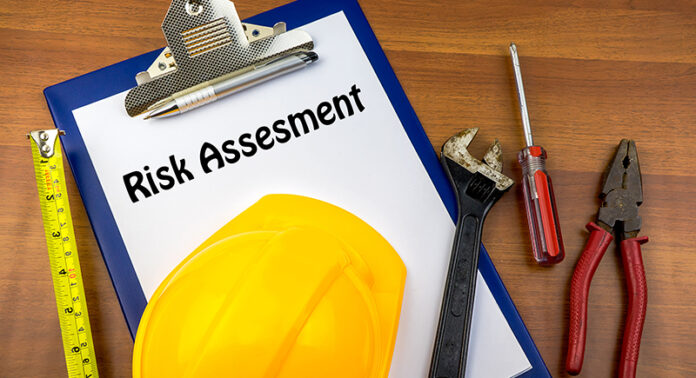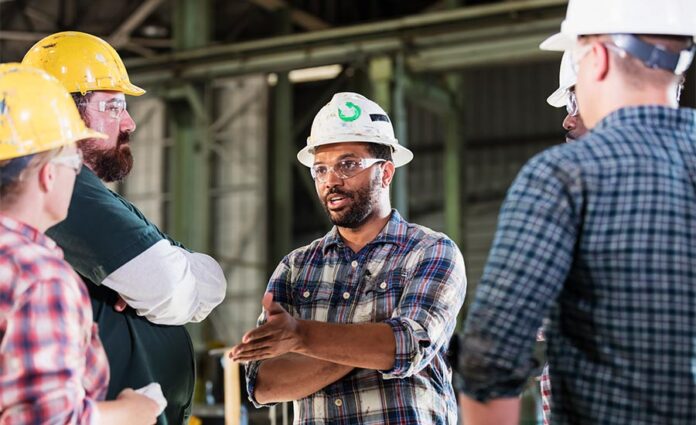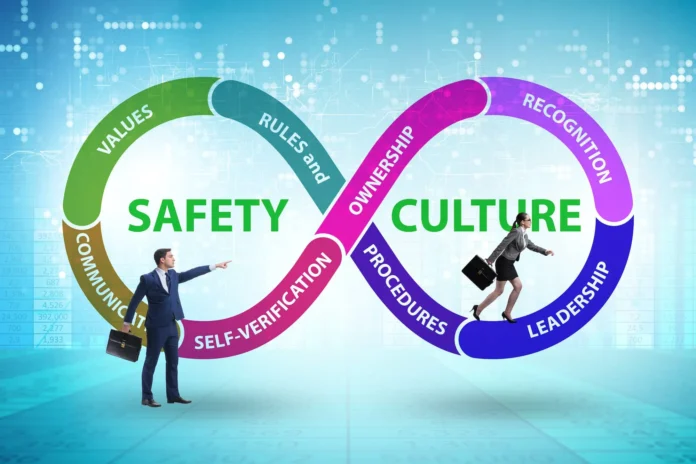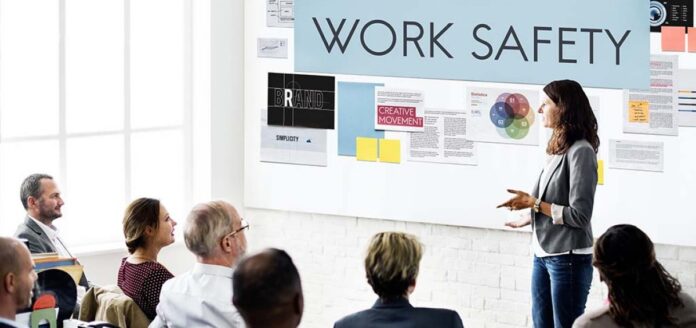Efficient health and safety practices in a workplace could lead to more than decreasing the risk of illnesses and injuries to an employee. Productivity and morale could be developed when employees are trained well enough and provided with the tools to work in a safe environment.
A lesser risk of injury also means fewer workers’ compensation claims. In fact, in 1989, the OSHA issued guidelines for managing employee protection regarding health and safety in the workplace. Many employees are encouraged to attend an OSHA training 40 hour certification.
The guidelines will detail how the organization should perform safety and health compliance and responsibilities.
So, do you want to know more about the fundamentals of adequate health and safety programs in the workplace? Read on for more.
1. Employee Participation

For safety and health practices to become effective in a workplace, the employees must be heard during the process. From designs to implementation of the safety procedures, they should understand the safety responsibilities and rights. Employees should also be familiar with the possible risks in a workplace that the upper management has overlooked.
2. Prevention and Control of Hazards
Prevention and control of hazards is crucial to maintain a safe and healthy workplace environment. It is the responsibility of both employees and management to identify potential hazards and implement measures to mitigate risks.
The first step in preventing and controlling hazards is identifying potential hazards. This can be done by conducting regular workplace inspections, identifying patterns of accidents and incidents, and taking employee feedback. Once hazards have been identified, it is important to assess the level of risk they pose and prioritize them for action.
The next step is to develop and implement measures to prevent, control, or eliminate the hazards. This can include engineering controls, administrative controls, and personal protective equipment. Training employees on safe work practices and procedures is also important in preventing and controlling hazards.
3. Leadership

Having a change in your workplace usually comes from the top management. For the employees to have health and safety procedures, the upper management should take a move and commit to participating in safety training for the workplace.
They should at least continue to develop safety and health programs. Furthermore, the management should make safety and health a basic part of the company’s culture and lead an example.
4. Training and Education
Every employee, including the management, should actively participate in the health and safety programs. This is to help them gain a better understanding of how health and safety programs work, as well as implement them effectively.
Periodic questionnaires and surveys could also help to evaluate how well the employees would understand safety and health practices in the workplace.
5. Hazard Assessment and Identification

There must be a set of methods in place to develop a continuing job hazard analysis that will evaluate and identify dangers before accidents happen.
The job hazard analysis should start with a complete baseline analysis and go on with regular surveys and updates. The employees should also actively assess and identify hazards and should be supplied with means to notify the supervisors about hazardous situations.
6. Program Development and Evaluation
Program development and evaluation are essential components in ensuring that safety and health practices in the workplace are effective and continuously improved upon. The development of a comprehensive program should involve the identification of workplace hazards and the implementation of controls to minimize the associated risks.
The program should include policies and procedures for hazard identification, risk assessment, and control measures. The effectiveness of these controls should be regularly evaluated and revised as needed to ensure that they are providing adequate protection for employees.
In addition to the development of controls, the program should include a system for monitoring and measuring the effectiveness of these controls. This can involve regular workplace inspections, employee feedback, and data analysis to identify trends and areas for improvement. Additionally, think about investing resources on a health and safety program like Eco Online so you can keep an eye on your safety practices and make sure regular risk assessments are conducted.
Evaluation of the program should also be conducted to determine its overall effectiveness. This can involve the use of metrics such as injury and illness rates, lost workdays, and workers’ compensation costs. Regular program evaluation is essential to identify areas for improvement and ensure that the program is meeting its objectives.
7. Managing Employees and Contractors

Health and safety supervision in a workplace does not only be relevant to employees. Contractors and staffing agencies should agree to devote themselves to safety guidelines and give employees the same degree of safety.
So, before you make contracts from any work outside, ensure that any potential outside contractor is concerned about the safety practices to prevent conflicts in the future.
8. Operation Capacity
For a successful health and safety culture, safety should always be considered in all aspects of the operation and design of the system. This is mainly because guidelines and working procedures should always incorporate health and safety precautions.
To ensure a cohesive design, you should always consider having interaction between operations and employees during the early planning stages. You may even want to maintain your focus on safety improvement efforts at any time.
9. Dealing with Situations and Dealing with Them

Companies with safety cultures should always understand that incidents and emergencies can happen anytime. They should have a solid system to begin handling them right away.
The systems also ensure effective communication methods. The incidents would have processes, and people should know how to understand and investigate root causes.
10. Open to Change
Of course, with the massive emergence of technology, organizations should be open to change and must always seek the best ways to ensure that safety management is effectively practiced.
Organizations’ research and safety management technologies should determine which could provide the best return on investment. They even seek to increase efficiency in incident reporting, accident investigations, training, and technology.
Wrapping Up
If you are in a high-risk work setting, you never want to be in an organization that only promotes safety on paper. It must also be implemented to reduce risks, protect assets, and maintain the OSHA training 40-hour certification.
This will create a safe and compliant working environment. For now, let’s continue helping each other and always make safety a top priority in the workplace.









